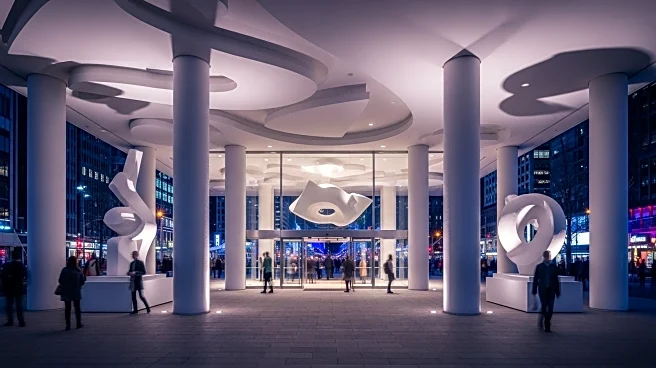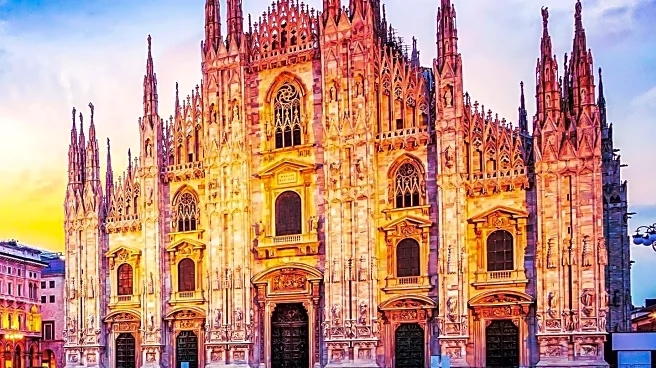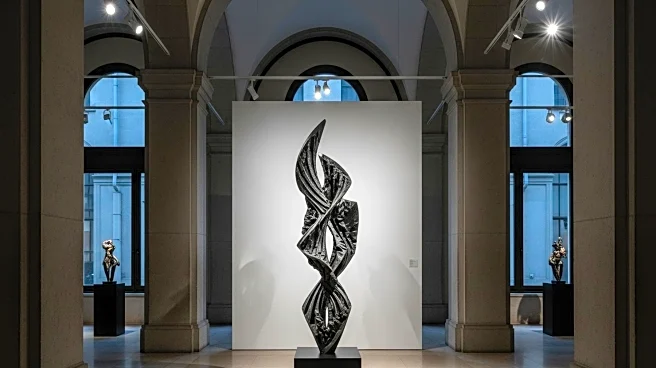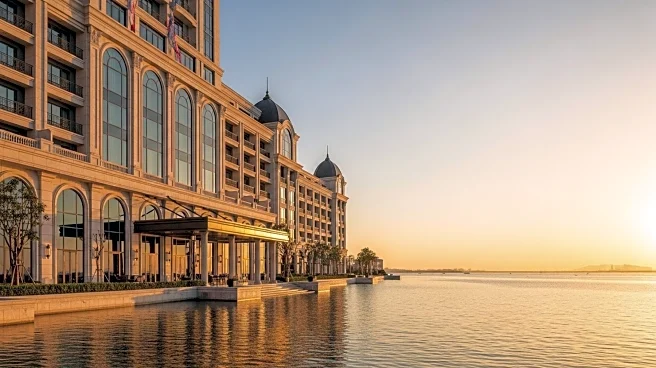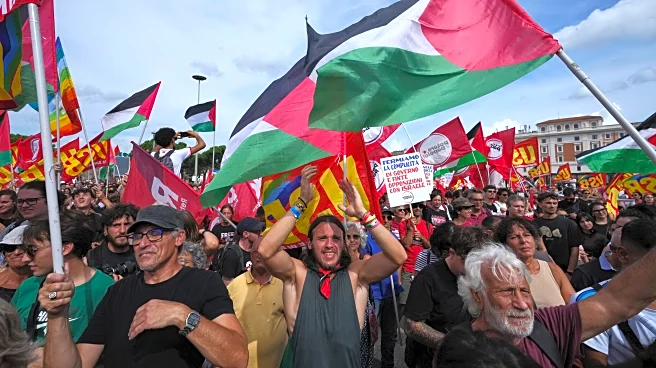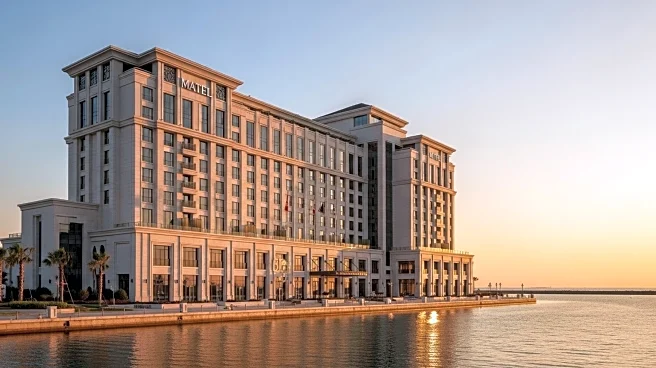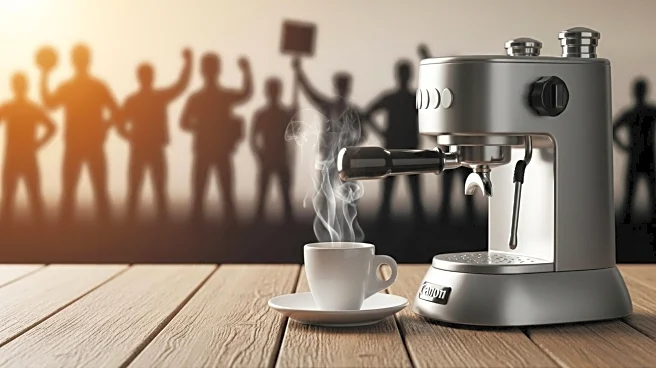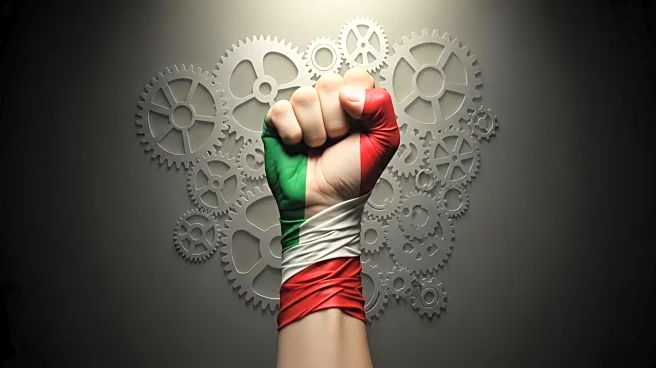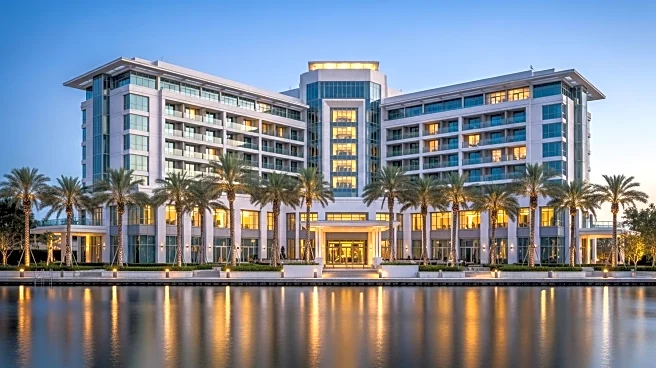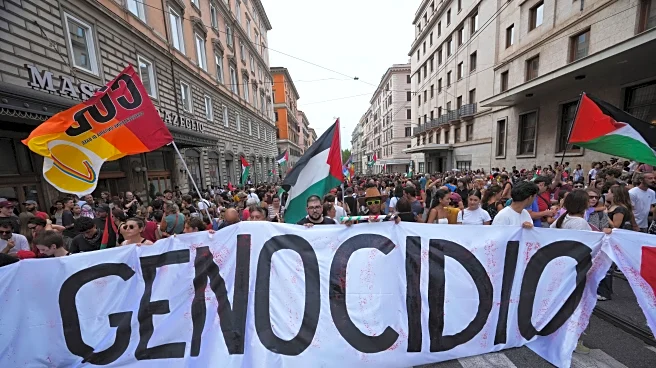What's Happening?
Thaddaeus Ropac, a prominent European art dealer, has opened his seventh gallery in Milan, Italy, raising questions about the city's potential as a contemporary art capital. Milan, known for its fashion and design, has struggled to establish itself in the contemporary art world despite having major institutions and art fairs. Ropac's gallery, located in a neo-classical palazzo, features works by artists like Georg Baselitz and Lucio Fontana. The gallery's opening has sparked discussions about Milan's art market, with some local gallerists skeptical about its status as an arts destination.
Why It's Important?
Ropac's decision to open a gallery in Milan could signal a shift in the city's art scene, potentially attracting more international attention and investment. Milan's strategic location and tax incentives make it an attractive destination for art collectors and dealers. The gallery's presence may encourage other art institutions and galleries to consider Milan as a viable location, potentially boosting the city's cultural profile. However, challenges remain, such as the need for a public contemporary art museum and the risk of rising property prices affecting the local art community.
What's Next?
The gallery's opening may lead to increased interest in Milan's art scene, with potential collaborations and exhibitions involving international artists and collectors. Local officials may explore opportunities to enhance Milan's cultural infrastructure, including the establishment of a public contemporary art museum. The city's upcoming events, such as the 2026 Winter Olympics, could further elevate its international profile. Stakeholders in the art world will likely monitor Milan's development as a potential art hub.
Beyond the Headlines
Milan's art scene faces challenges, including the need for public investment in contemporary art spaces and the impact of property market dynamics on artists and students. The city's cultural vitality depends on balancing commercial interests with support for local artists and institutions. Ropac's gallery may serve as a catalyst for broader discussions on cultural policy and urban development in Milan.

